The Danish Red cattle are a very important and major breed of dairy cattle in northern Europe. It is also known by some other names such as Red Dane, Red Danish, Rødt Dansk Malkekvog (Danish) and Fünen.
It is a dual-purpose breed which are raised for both milk and meat production. The Danish Red cattle breed was actually developed in Denmark based on local cattle breeds bred with Angeln cattle form Angeln, Schleswig.
The breed is available and has been imported to many other countries throughout the world. And they have been used for improving many other local breeds such as Estonian Red, Latvian Red, Belarus Red, Lithuanian Red, Polish Red, Bulgarian Red, Tambov Red or Russian Red.
The breed is also popular for crossbreeding in tropical countries. Their solid red color has helped them making popular for crossbreeding in the tropical countries with red Zebu dairy breeds like Butana, Red Sindhi and Sahiwal.
The breed is noted for their milk production, and the cows can produce very good quality milk. They can also be used as a beef breed once they have finished their useful lifetime.
The breed accounted 61 percent of Danish cattle stock in the early 1960s, and this number had declined to a little over 20 percent by the early 1980s.
Today there are over 42,599 pedigree cows in Denmark, and the breed is available in many countries throughout the world. Read more information about the breed below.
Characteristics
Danish Red cattle are medium-sized, with cows weighing around 550-650 kg and bulls weighing around 900-1000 kg. They have a red coat that can range from a light reddish-brown to a dark mahogany color.
The hair is short and smooth, and they typically have white markings on their udders and tails. They have a straight back and a strong, muscular frame.
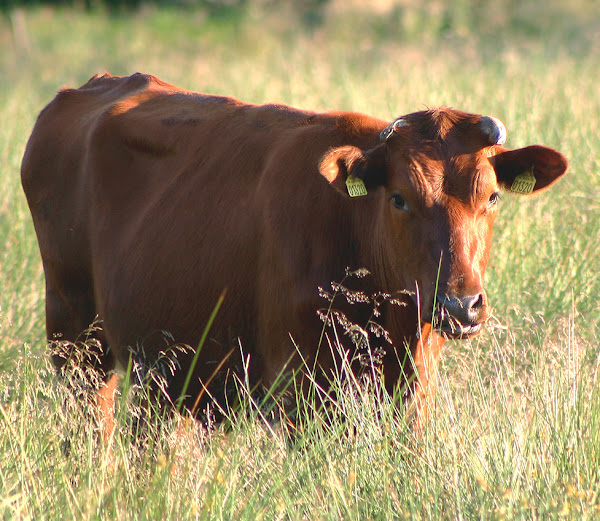
Uses
The Danish Red cattle are a dual-purpose animal. They are raised for both milk and meat production purposes. They are known for their excellent meat quality, high milk production, and disease resistance.
Special Notes
The Danish Red cattle are very hardy and strong animals. They are well suited to their native climates and also very adaptable to varying climates.
They can thrive in colder weather and also have great heat-tolerance. The cows are very fertile, live long and fertile lives and their calving-interval is usually just under 13 months. And their calving process is known to be relatively problem free.
The Danish Red cattle have great immune systems and they rarely suffer from health problems. Milk of the Danish Red cows is of very good quality containing a higher butterfat and protein content than other popular dairy cattle breed the ‘Holstein Friesians’.
Milk of the Danish Red cows contain around 4.17 percent butterfat content and about 3.5 percent protein. On an average the cows can produce about 8,000 kg of milk per lactation.
The breed is also very good for meat production, with about 56 percent slaughter yield. Although they are mainly bred as a dairy cattle breed, but their meat is still highly regarded. However, review full breed profile of the Danish Red cattle in the following chart.
| Breed Name | Danish Red | |
| Other Name | Red Dane, Red Danish, Rødt Dansk Malkekvog (Danish) and Fünen | |
| Breed Purpose | Dual-purpose (milk & meat) | |
| Special Notes | Good milk quality, well adapted to native climates, good for meat, very hardy, easy calving, disease resistant, well adapted to varying climates, great heat-tolerance, thrive well in colder weather | |
| Breed Size | Medium to large | |
| Bulls | Around 1000 kg | |
| Cows | Around 660 kg | |
| Climate Tolerance | Native climates | |
| Coat Color | Red | |
| Horned | Yes | |
| Milk Yield | Good | |
| Rarity | Common | |
| Country/Place of Origin | Denmark |

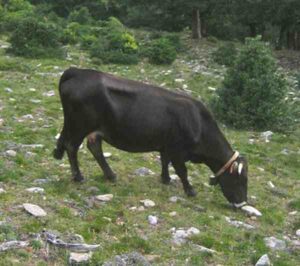

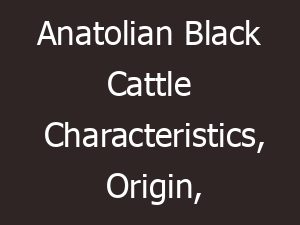
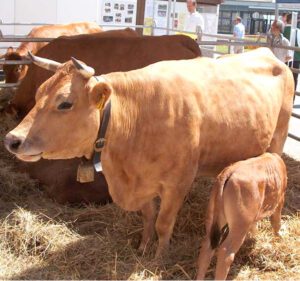
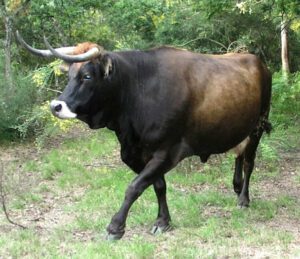
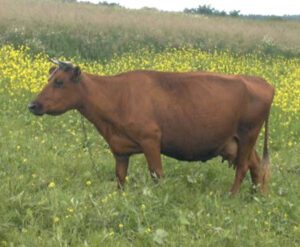
I like these cattle very much. They are very beautiful.